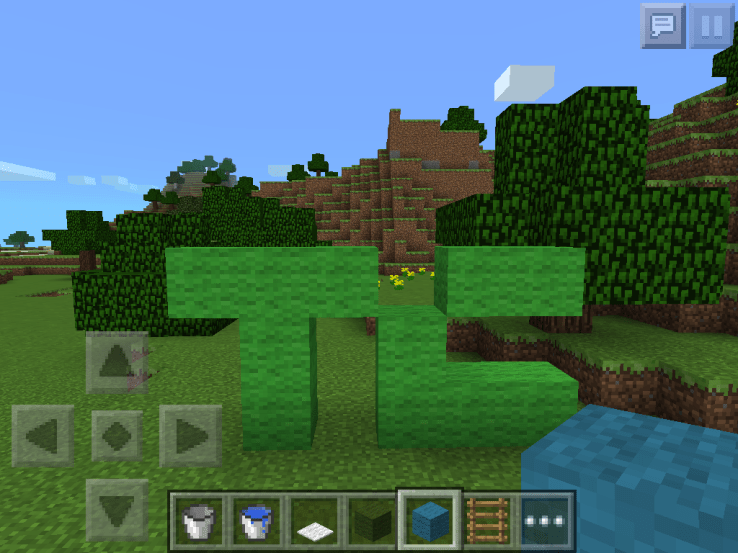Yet more proof that Minecraft is more than just a game comes our way today. Microsoft already has plans to use the platform,
which it bought for $2.5 billion, to
help kids learn and
for virtual reality, and now we can add artificial intelligence development to that list, too.
Today,
Microsoft announced a
project that enables artificial intelligence researchers to tap into
the hit title to sculpt and develop their tech. AIX is a new software
development platform that researchers can use to develop ‘agents’ —
AI-powered characters — which roam Minecraft worlds. The idea is to
equip them with the smarts to behave like a regular player. So
that includes basic commands, such as climbing up a hill, and more
complicated requirements like navigating varied terrain, building out
landscapes and just surviving from the game’s vicious zombies.
Katja Hofmann, who leads the project, explained that Minecraft’s
openness and creativity present larger opportunities to explore and
develop AI than currently exist. That’s not unlike the
reasons why Google-owned DeepMind has focused on Go,
having just defeated a legendary human champion of the Asian strategy game over a five game series.
“Minecraft is the perfect platform for this kind of research because
it’s this very open world,” Hofmann said. “You can do survival mode, you
can do ‘build battles’ with your friends, you can do courses, you can
implement our own games. This is really exciting for artificial
intelligence because it allows us to create games that stretch beyond
current abilities.”
AIX and Minecraft isn’t just about developing AI agents to exist in
the game, Hofmann said the goal is to train the technology to learn from
itself — just as DeepMind’s AI technology does when it plays Go.
And, trivial though it may sound to non-players, Minecraft has all
the ingredients to train AI agents and technology for the real world.
“Building a robot and trying to teach it to climb a real hill is
costly and impractical; unlike in Minecraft, you’d have to repair or
replace the robot with another costly machine each time it fell into a
river,” Microsoft explained in a blog post.
Beyond just AI researchers and top boffins, Microsoft aims to bring AI and IT to new audiences.
The company told the BBC
that it wants to encourage “people of all skills and ages to get
involved.” Knowing how much kids love Minecraft, this could be a
compelling way to get young people learning while having fun at the same
time.
Microsoft has already invited a handful of members of the academic
community to test AIX and, with plans to make the software available via
an open-source license this summer, anyone will be able to access
it soon.
More on::techcrunch.com


